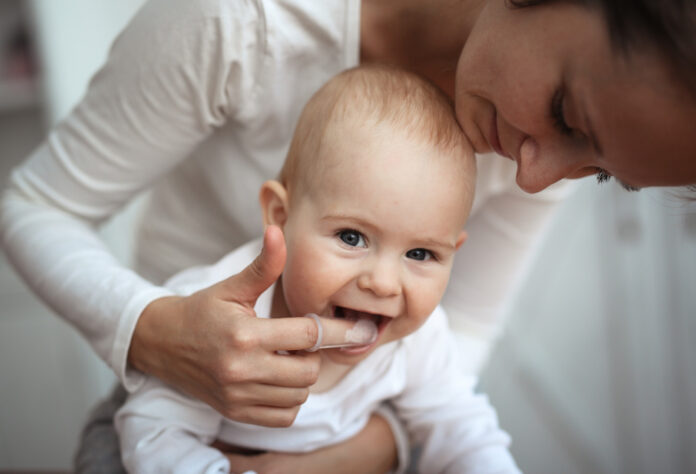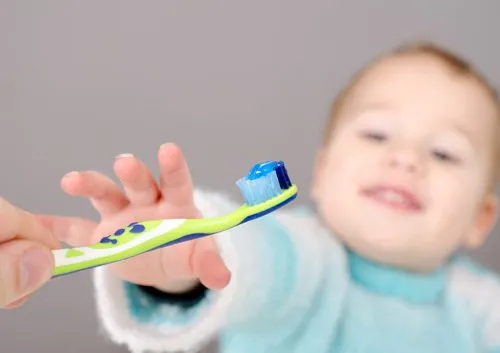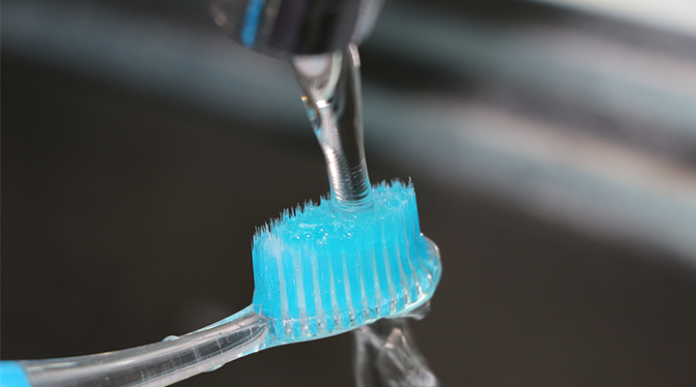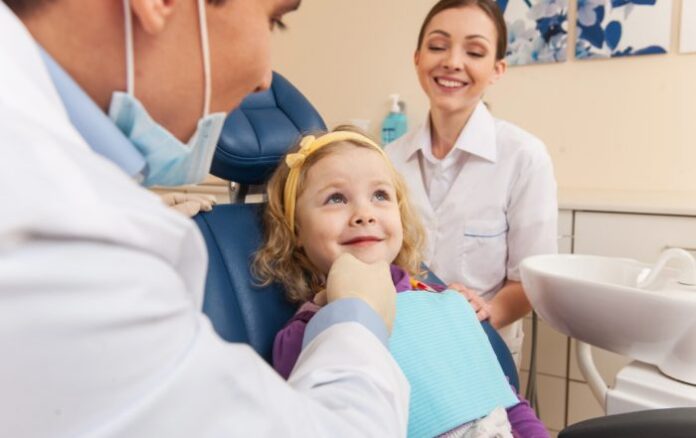It is apparent that dental care is critical for everyone, yet what about baby teeth, why should you care for them?
Children grow their teeth at different periods. The first arrival of teeth in infants is between the 6th and 11th-month timeline. There are cases where they do not grow teeth until around 12 to 13 months old or they actually have visible teeth right from birth.
Disregarding the delay in the tooth growth for children and toddlers, once the child turns three-year-old typically, 20 baby teeth should have grown at this time. Between the ages of 6 and 20, the 32 adult teeth will replace the baby teeth.
At birth, baby teeth are in the jaws, and juniorsmilesofstafford.com recommend that the teeth and gums must be cared for before the tooth even appears.
The Importance Of A Healthy Baby Teeth
The importance of baby teeth and numerous.
- They help hold and create space to make way for the permanent teeth to come in as they grow older.
- They make the child speak more coherently and find words easier to pronounce.
- They form the perfect jawline and shape of the child’s face as they grow.
- They make it easier for them to chew and eat their favorite meal.
Cleaning Baby Teeth

Infants and toddlers require teeth cleanings twice a day – at dawn and right before bed. Parents of an infant child should be using a lukewarm washcloth over the index finger to clean in and around a baby’s mouth until teeth appear. Once they appear you can:
- Use a small and soft toothbrush designed for children under two years old.
- Use only water and no fluoride until the child turns 18 months old unless you are advised otherwise by your dentist.
- Sit your child up straight and get behind them so they feel secure. Using a mirror in front of the child, brush their teeth from left to right as it gives you a good view of your child’s mouth and shows them an example of what they will one day do.
- Place the child’s chin in your hands and let their head rest against your body.
- Move the brush around in a slow, gentle circle as this will help clean the insides of the gum and teeth.
- Gently brush your child’s tongue.
- As often as you do this, encourage your child to brush without swallowing. When they start using fluoride, it stirs them to spit out the remnant. Do not rinse their mouth after brushing as the fluoride left behind protects the oral health of your child.
How to Prevent Tooth Decay In Toddlers
Every time a toddler consumes something within a 20-minute time frame, the sugar in the contents is transformed into acid and this can put the child at risk of tooth decay.
How to prevent such from happening?
- Use the feeding bottle to feed the child and avoid using breastfeeding as a form of pacifier.
- Do not leave your baby to sleep with a bottle of formula in their hands.
- As the tooth begins to appear, avoid late-night feeding and on-demand feeding of the child.
- When the child turns one, if thirsty, they should start drinking water more often than any other drink except during meals.
How to Make Teeth Brushing Easier

Most toddlers will frown at the sight of toothbrushing. Even a brief brush is preferable as it helps the child learn that it is an integral part of their daily routine.
And as children being children, they are more likely to flow with things that they find fun, and you should make tooth cleaning fun!
Here we will share some ideas on how to do this:
- Try to sing to them and make them sing along with you while you brush – as this will inherently trick them into having their mouths open.
- Allowing them to play with their toys while you brush, as will make them let out occasional smiles and laughter – which you can use to your advantage.
“To set up good dental habits for children that will last them for a lifetime, they must be adapted to routine cleaning and caring for their teeth at an early stage”.
Some electric toothbrushes may work best with your child as they feel slightly better and tend to clean much more than manual brushes. There is no reason not to try both and see which one your child prefers.
Keep The Brushes Clean

Just a routine cleaning of the child’s gums and teeth, always rinse the brush with running water.
It is best to store the brush in an upward manner, as this allows it to dry over time.
Toothbrushes should be replaced at least once in 3 months.
Dieting
- Children under age one should not be given sugary drinks, juice, or water. Their diet should be strictly breast milk or formula and no additional additives should be added.
- Avoid feeding your child snacks or food that leave residue on the teeth after a long time.
Fluoride and Toothpaste
From 18 months old and above, it’s okay to start using a pea-sized amount of fluoride on your child’s toothbrush. Low fluoride toothpaste, however.
Additional Tips for an Easy First Visit
- Schedule the appointment early in the morning or after nap time when your child is well rested and cooperative
- Brush child’s teeth before the visit
- Save snacks for the departure and toys for the arrival
- Work with the dentist to make your child comfortable
Although baby teeth eventually fall out, they are still very important. As soon as you think your child is ready to visit a dental office, don’t hesitate. Your preferred dental professional knows that it’s a new experience for your child. First visits rarely go as planned and a good dental team like the one at TomkenDental will take care of you and your child when the time comes.









